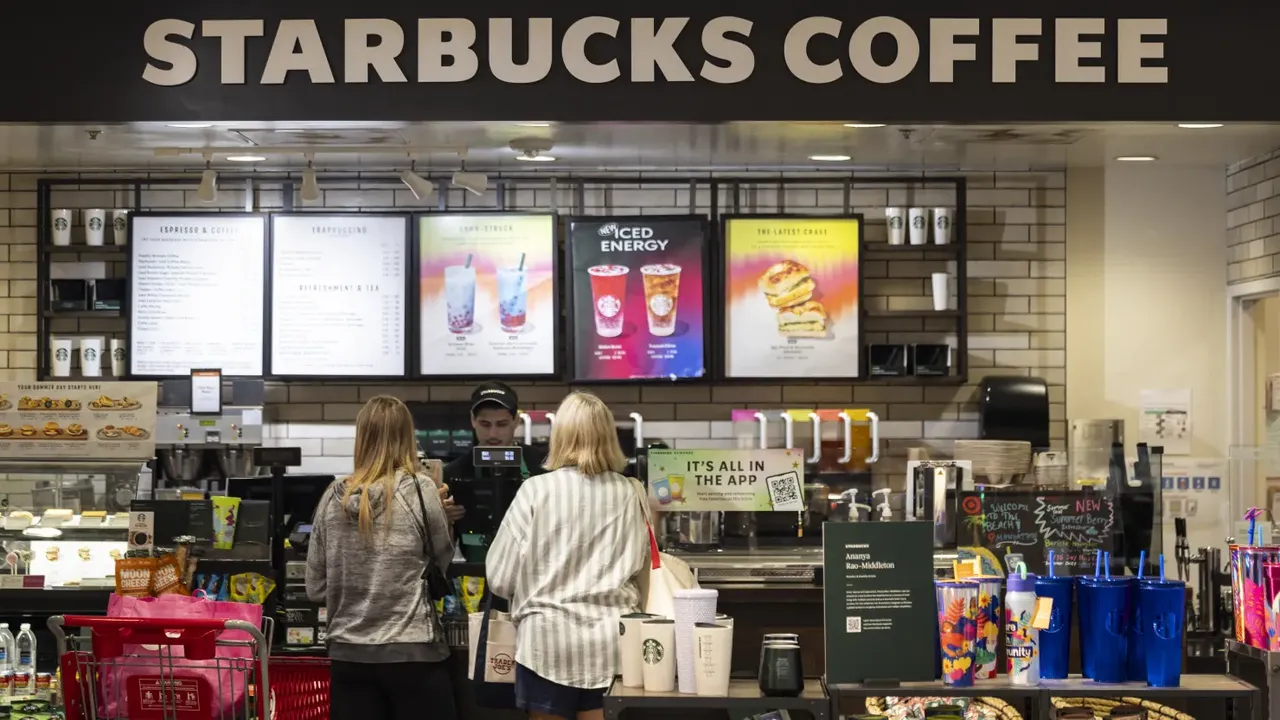
Starbucks is doubling down on efforts to reinvigorate its brand, not only for customers and investors but also for the employees at the heart of its operations. CEO Brian Niccol, who joined the company with a mandate to reverse sluggish performance, has been vocal about returning Starbucks to its core identity—centered around community, coffee, and connection.
At a recent leadership event in Las Vegas, attended by over 14,000 store managers, Niccol outlined key changes meant to restore the chain’s culture and retail performance. Among the updates is the reintroduction of more in-store seating—reversing a decision that removed roughly 30,000 seats in recent years. This move aims to recapture the “third place” environment Starbucks once thrived on, as the cafes had increasingly become pickup points for mobile orders rather than welcoming hangout spots.
To reignite the company’s roots, Starbucks debuted a new blend named the 1971 Roast, nodding to the year of its founding. Even the event’s Wi-Fi password reflected the theme: “backtostarbucks.” This nostalgic push is paired with tangible strategic changes designed to improve store operations and employee morale.
On the business side, Niccol has introduced a multifaceted plan that includes enhanced staffing, upgrades to the mobile ordering app, and more localized input from store leaders. Managers are now being given a greater voice in operational decisions, including how many team members they need. The company also plans to place a full-time assistant manager in most North American locations by next year, a move intended to alleviate the heavy workload many store leaders face.
Internally, Starbucks is setting its sights on promoting more of its current employees. While about 60% of store managers have historically come from within, the company hopes to raise that number to 90% as it opens thousands of new stores. This growth will also create hundreds of new leadership roles, offering clearer pathways for advancement.
Earlier in the year, Starbucks laid off around 1,100 corporate workers as part of its drive for operational efficiency. Despite the cuts, the company’s stock has gained traction, rising nearly 20% since April.
Employee satisfaction remains a critical issue. Baristas have long voiced concerns about understaffing and workloads, fueling a wave of union activity across the U.S. In response, Starbucks is expediting the rollout of its Green Apron labor model, which has shown early signs of improving store performance and service times.
Notably, Starbucks legends Mellody Hobson and Howard Schultz made appearances at the leadership gathering. Hobson, who recently stepped down from the board, received multiple standing ovations. Schultz, the company's former CEO and key figure in its rise, publicly supported Niccol’s leadership and strategy, calling on store leaders to bring renewed energy to their locations.
As Starbucks looks to grow while staying true to its roots, the focus is clear: empower the people at the center of its business and rebuild the sense of connection that once defined the brand.